File under: I was already in the area, so why not?

I'm endlessly curious about the world around me, the way things work, and the odd origins of familiar things—so naturally, I made a trip to The Luffa Farm while visiting California's Central Coast last weekend.
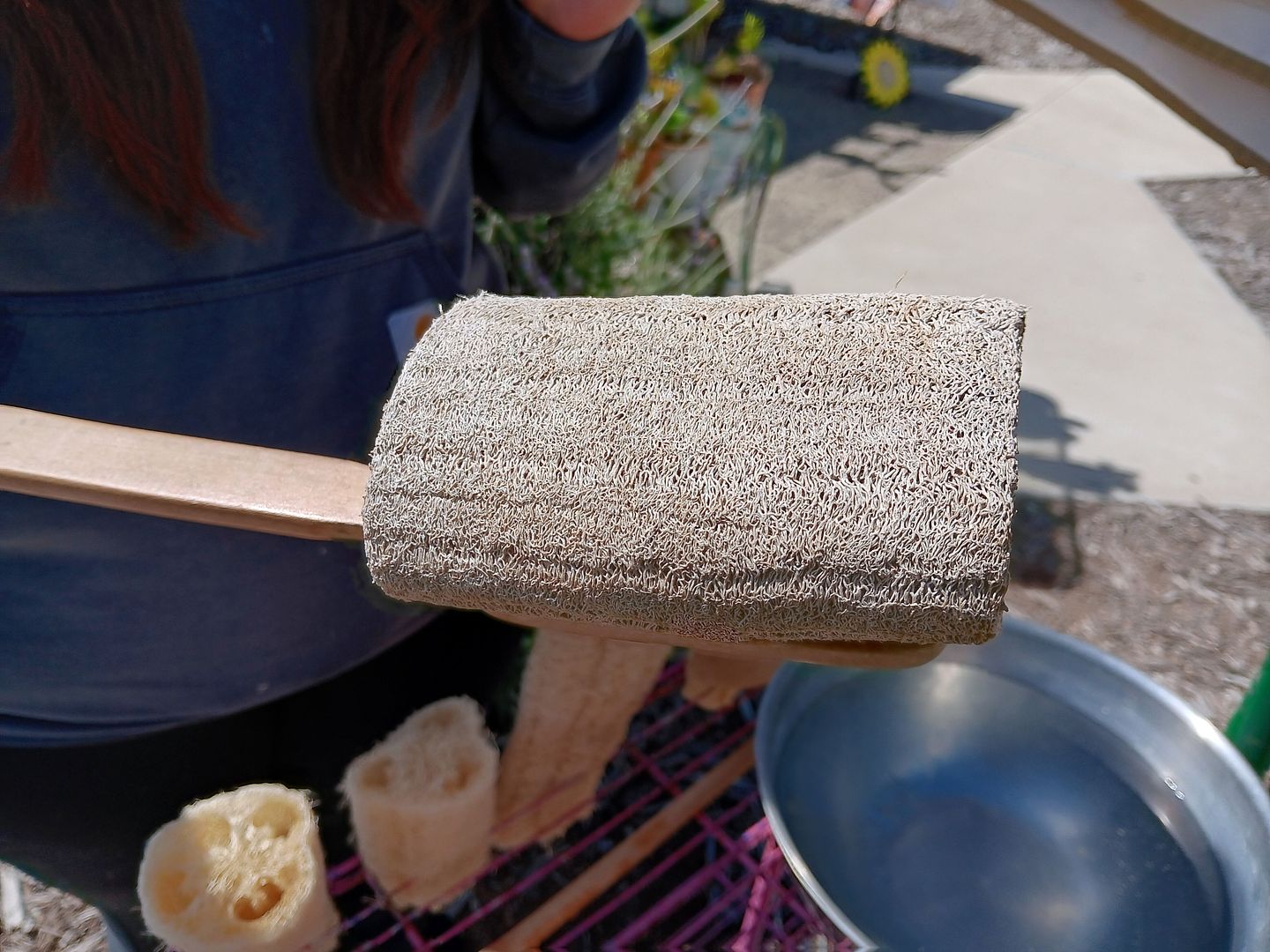
Located in the town of Nipomo, The Luffa Farm conducts drop-in tours of its luffa-growing operation—which just begins to answer the question, "Where do loofahs come from?"
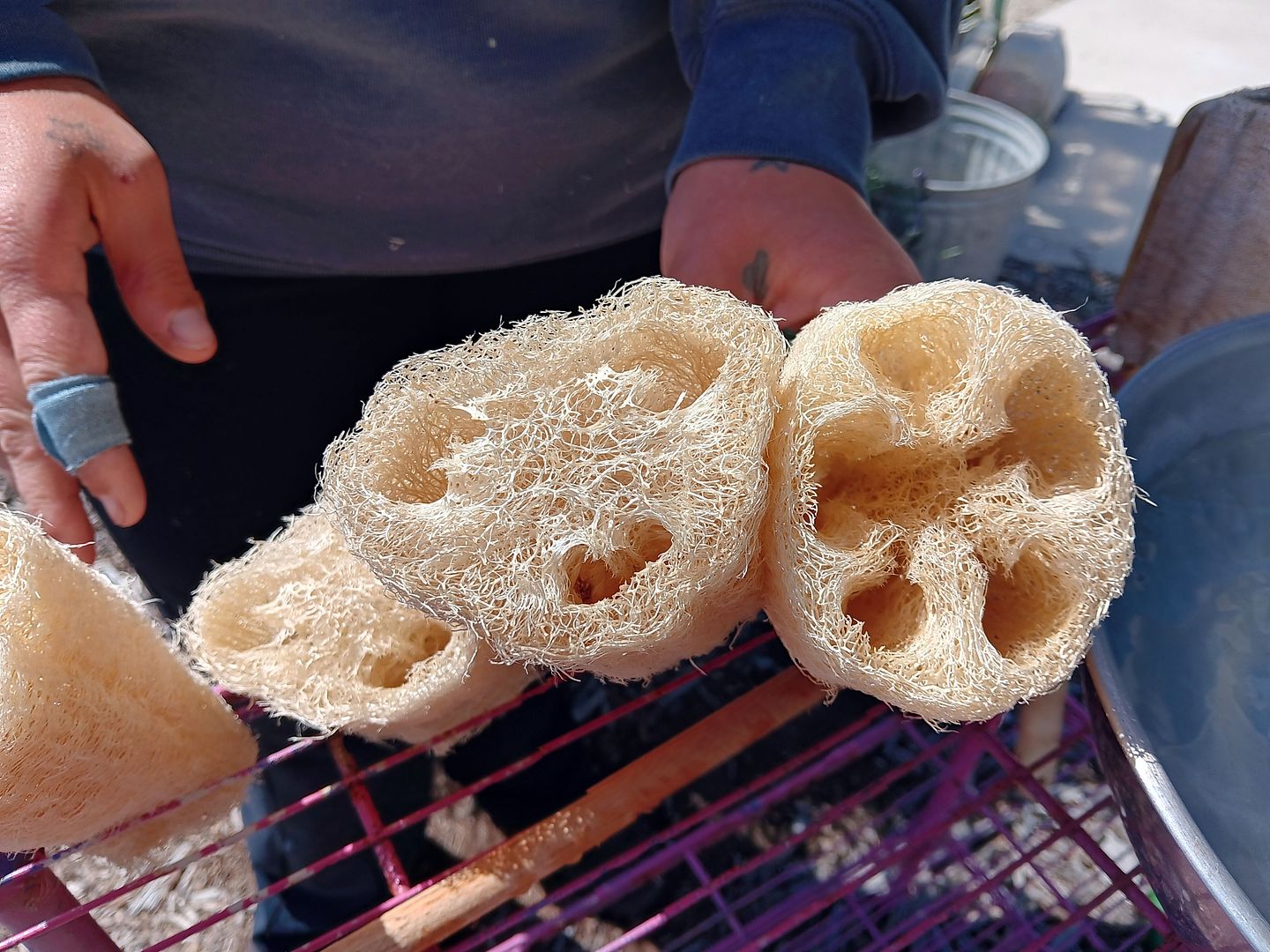
No, not the plastic pink poof that's hanging off your shower caddy. These spongey/scrubby things actually come from a gourd—though the natural/organic ones you might've seen in a store or online have been dried within an inch of their lives, so it's hard to tell.

But just wait till you see it all freshly dried out and peeled.
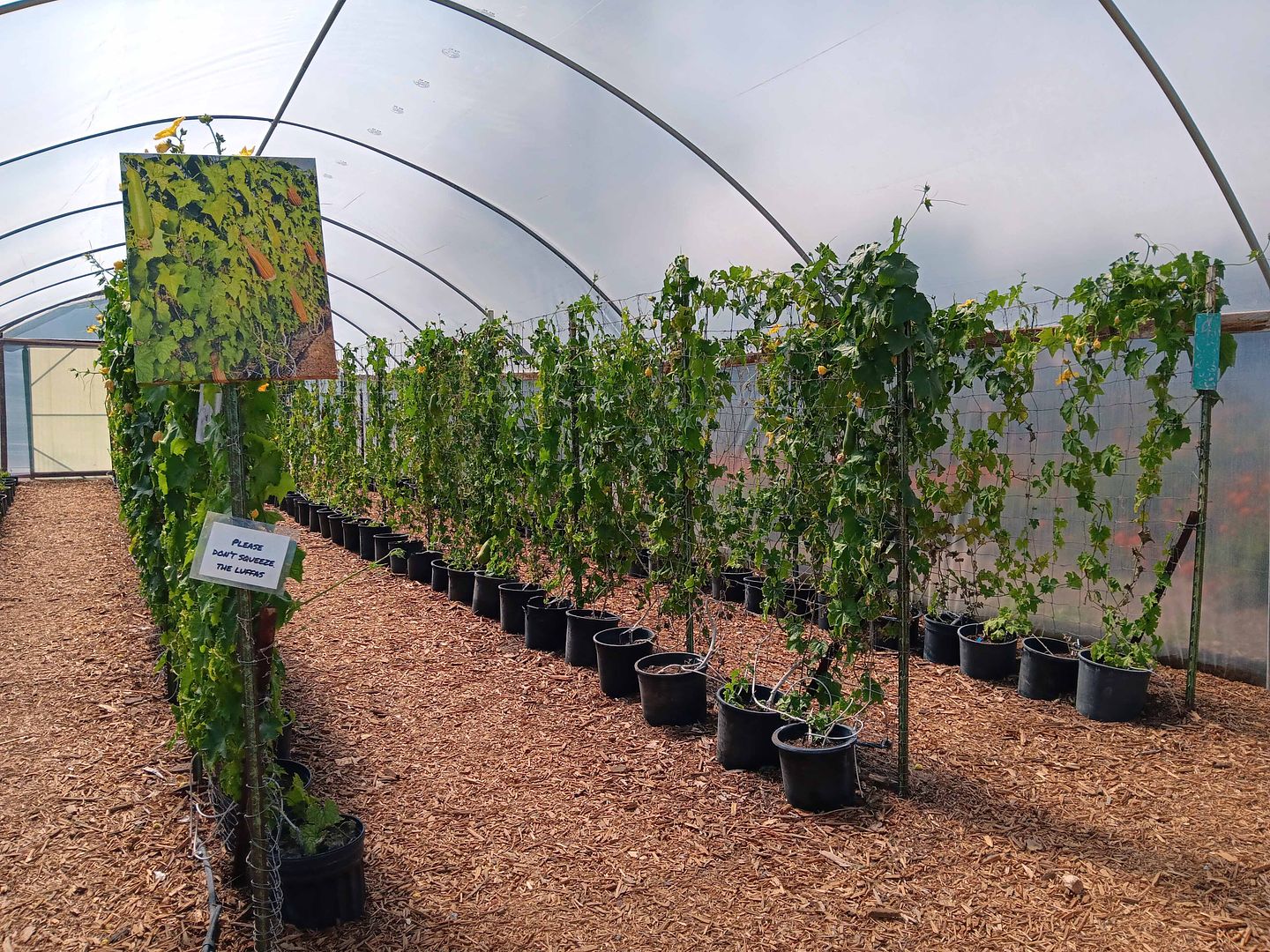
The word loofah is derived from the Latin name for a cucumber- or zucchini-like vegetable called Luffa. It's a common foodstuff in Asian cuisine (like stir-fries and such).
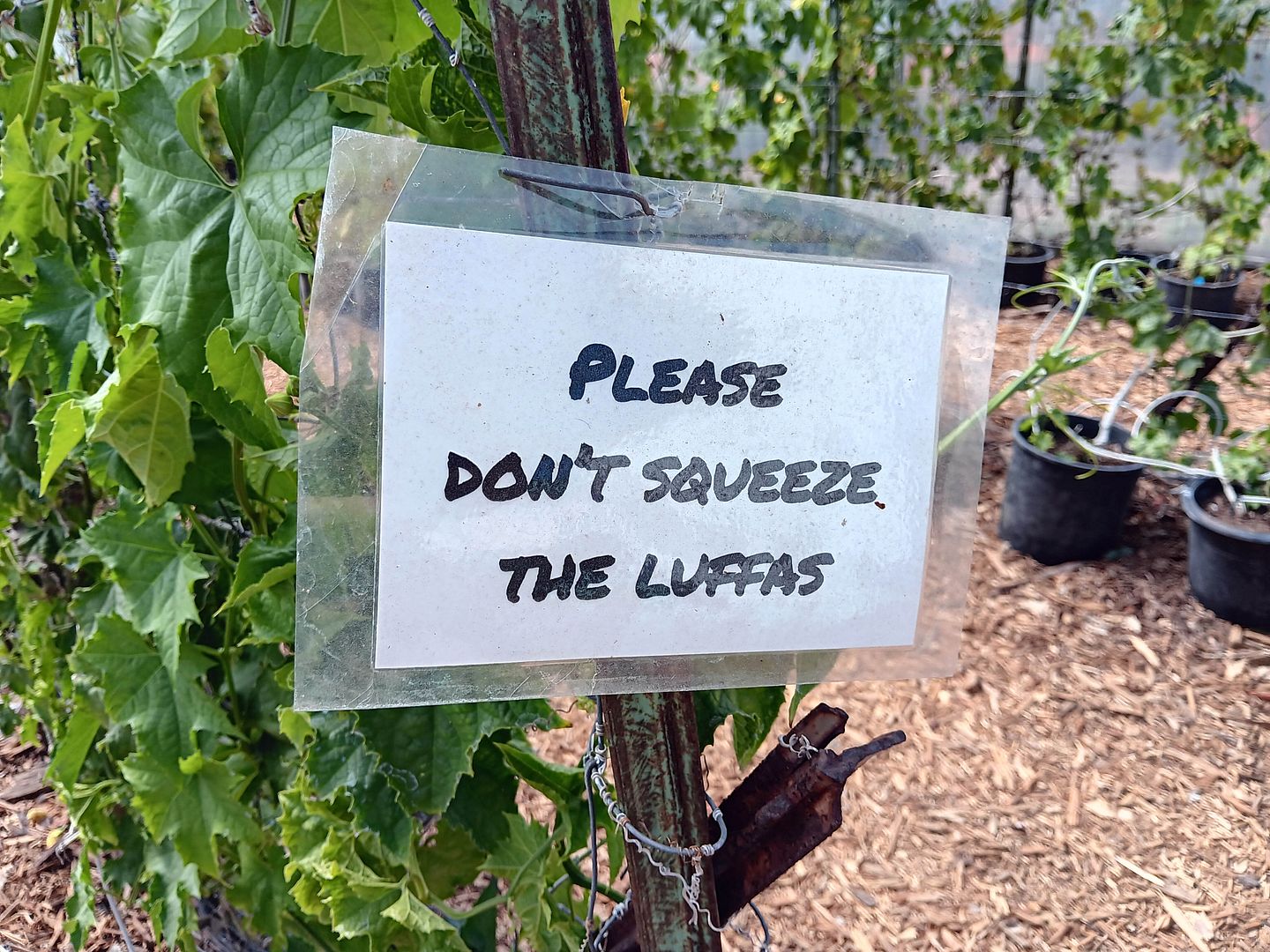
In Nipomo, they grow the Egyptian variety of luffa, Luffa aegyptiaca, though this "sponge gourd" is actually native to South Asia.
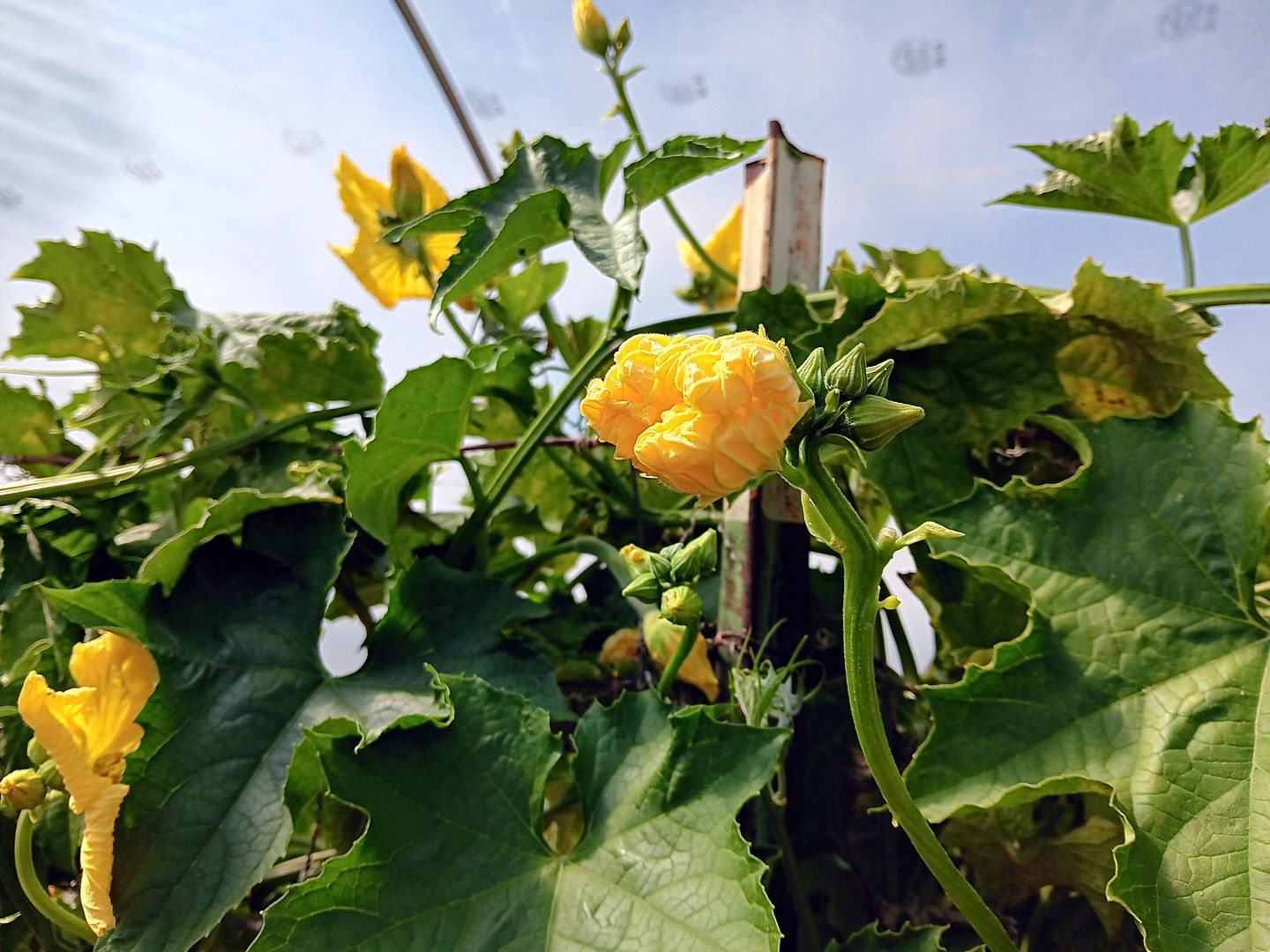
During my visit, it was a little early in the growing process—which meant the yellow flowers on this climbing vine were just starting to bloom.

Male and female flowers intermingle in the greenhouse, where it gets warm and steamy (just the way they like it)...
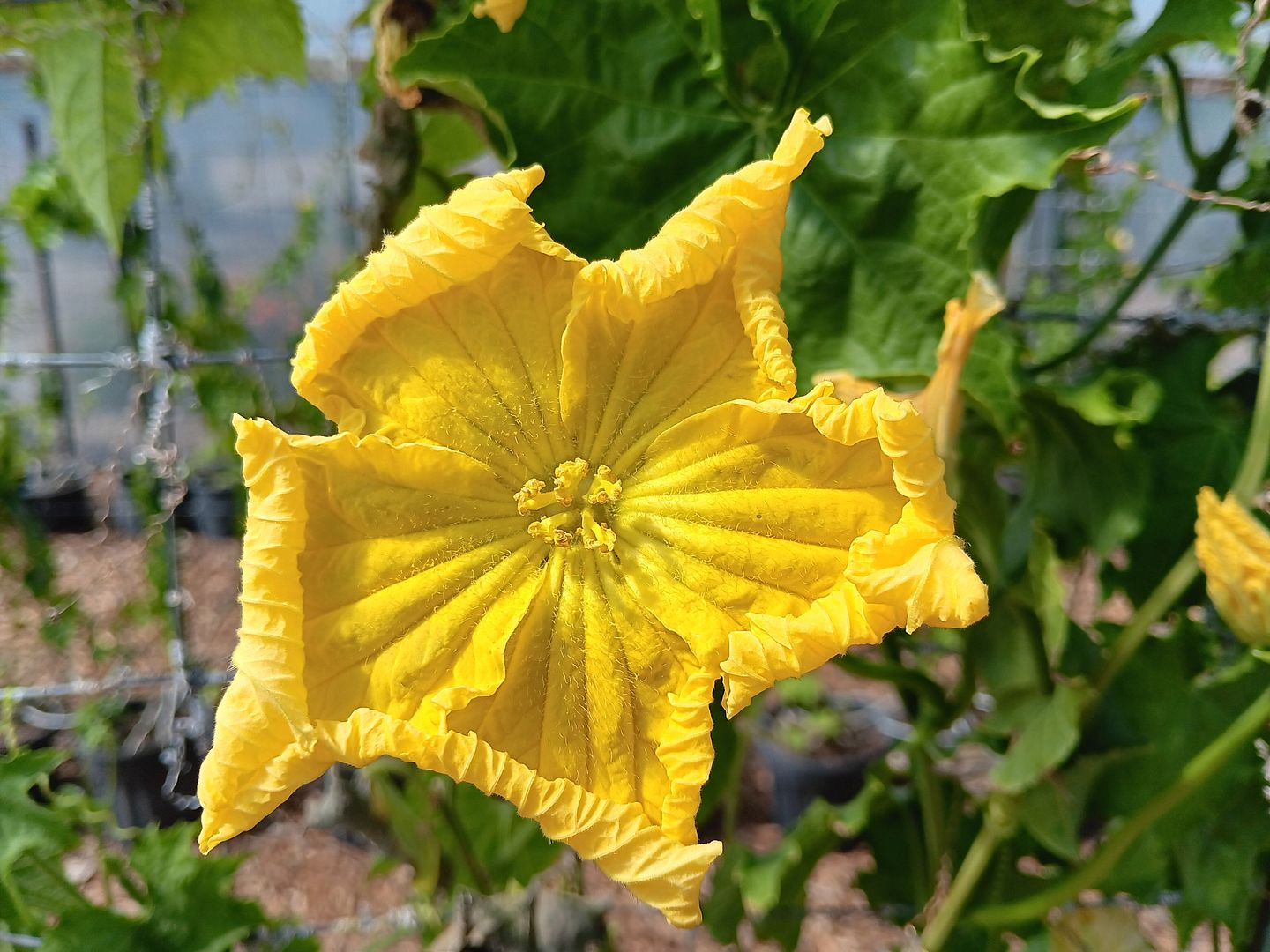
...and then some pollen makes it way to the pistils...
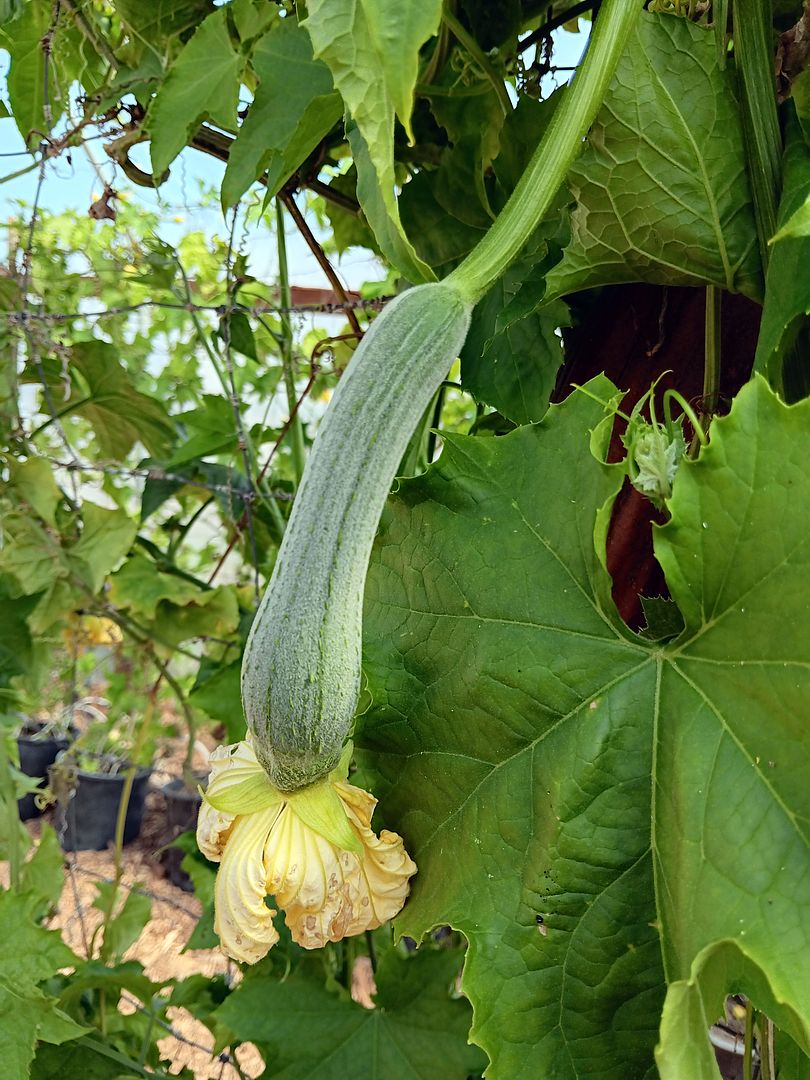
...and the plant begins to fruit as the blossoms die off. 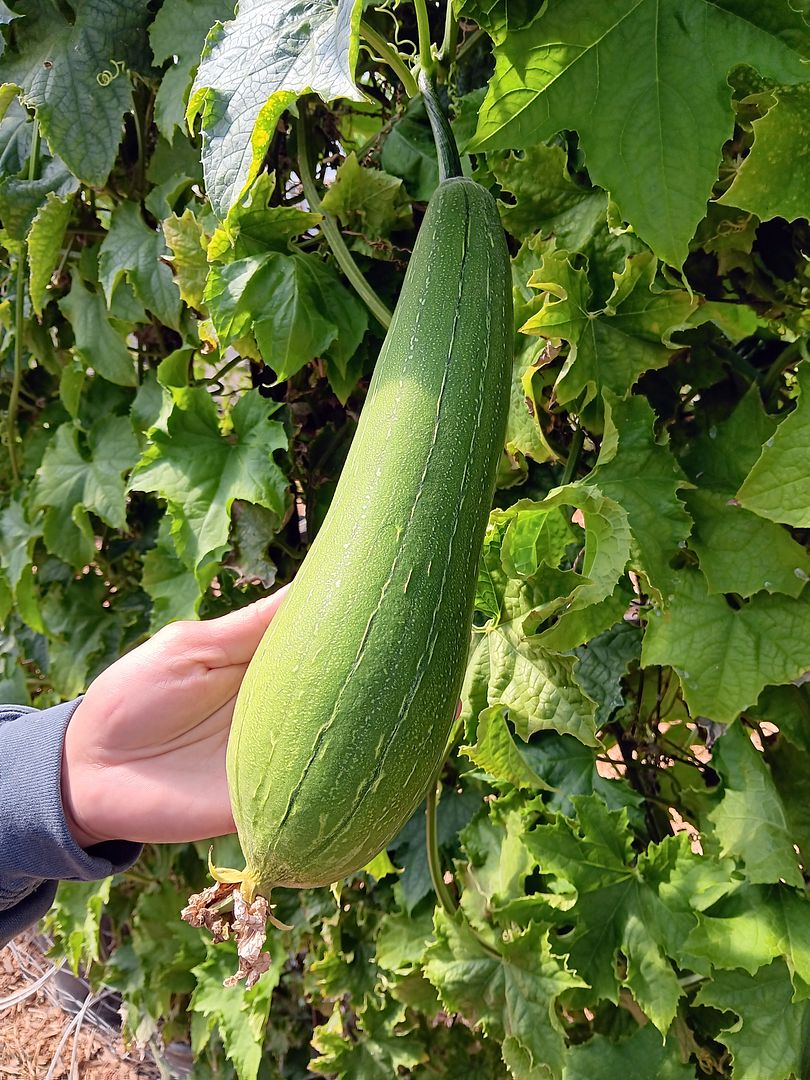
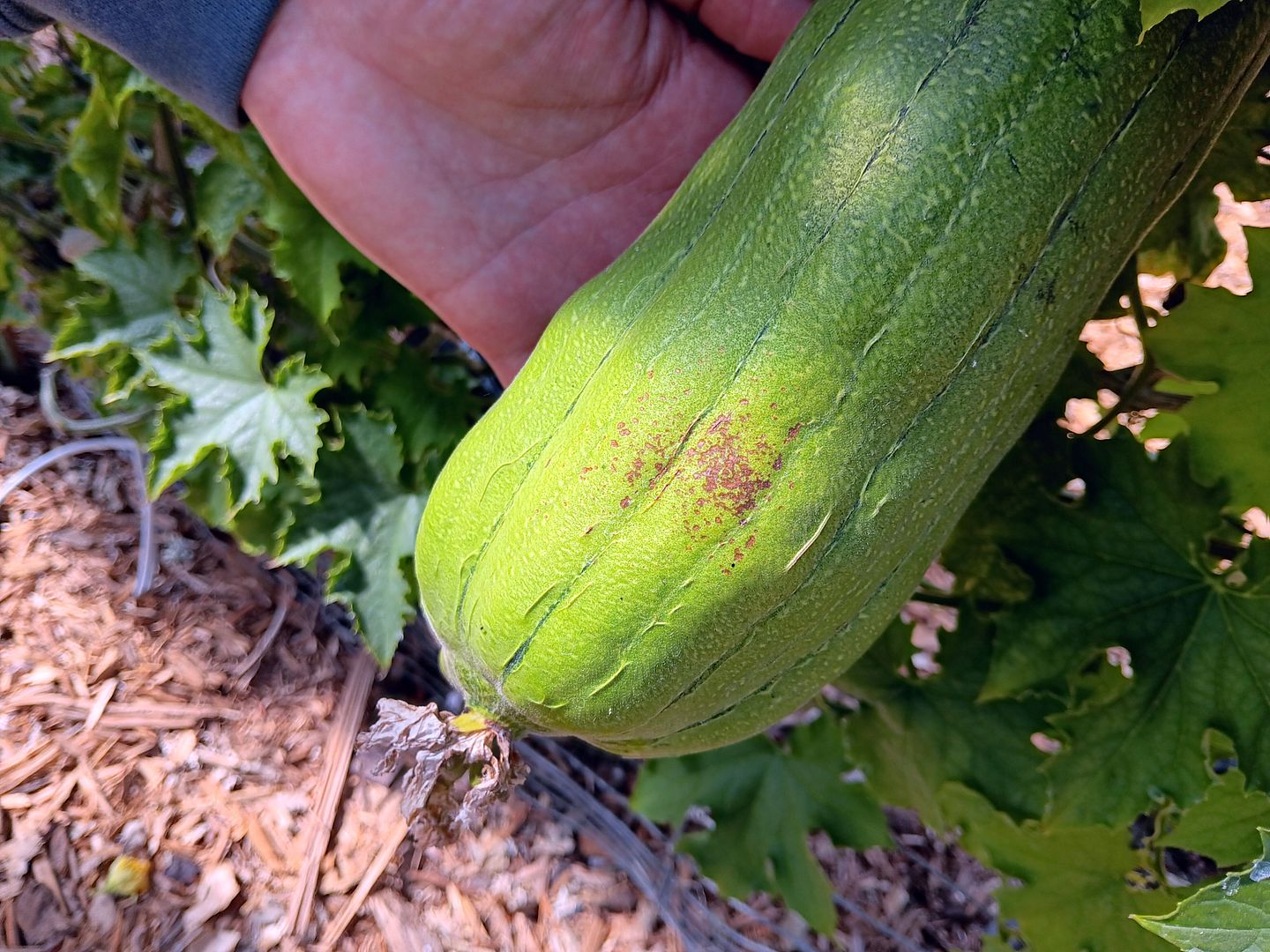
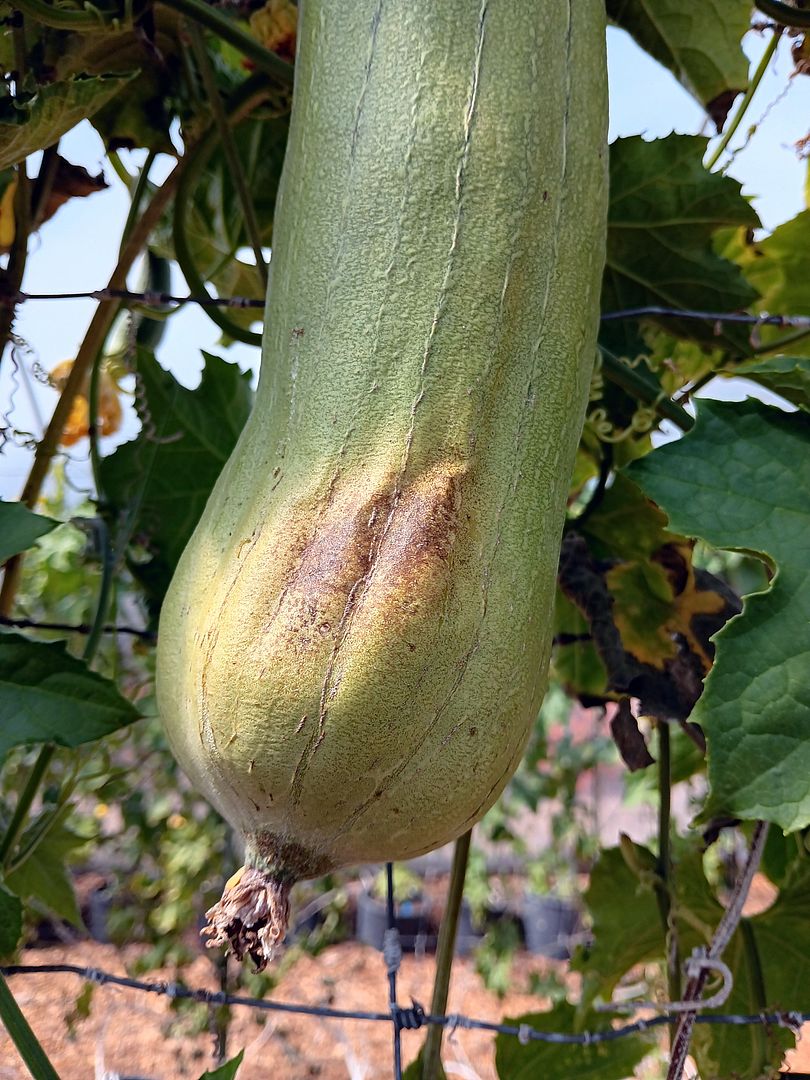
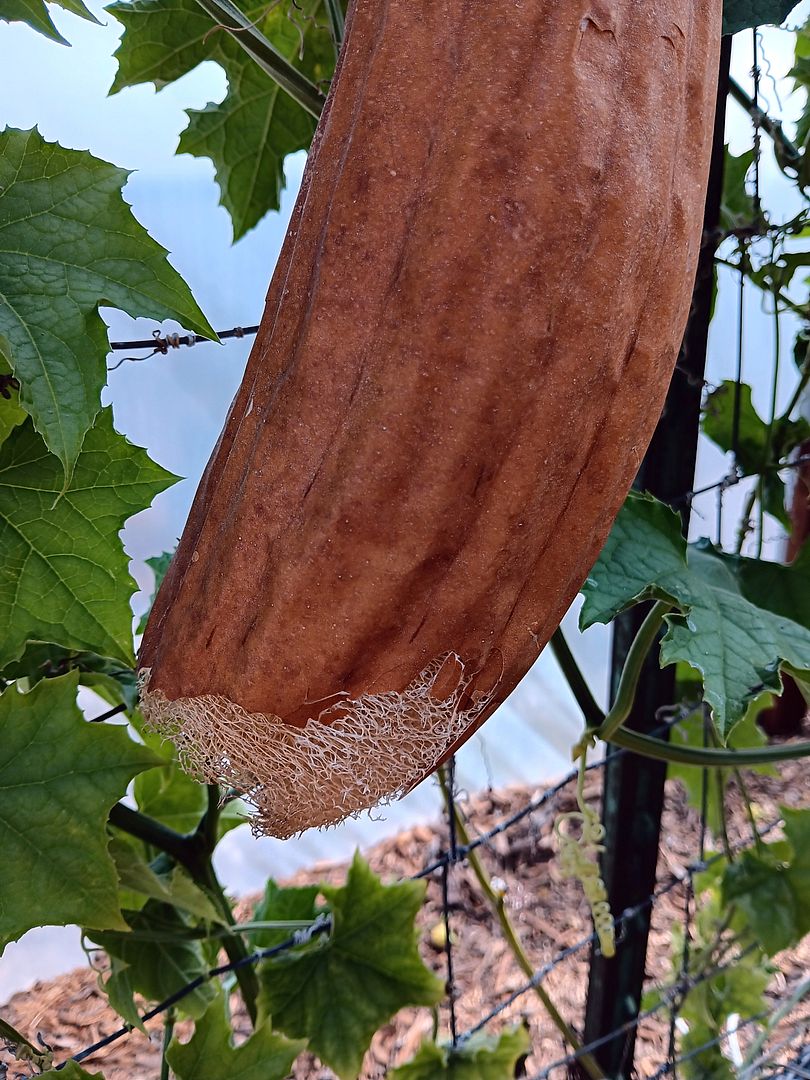
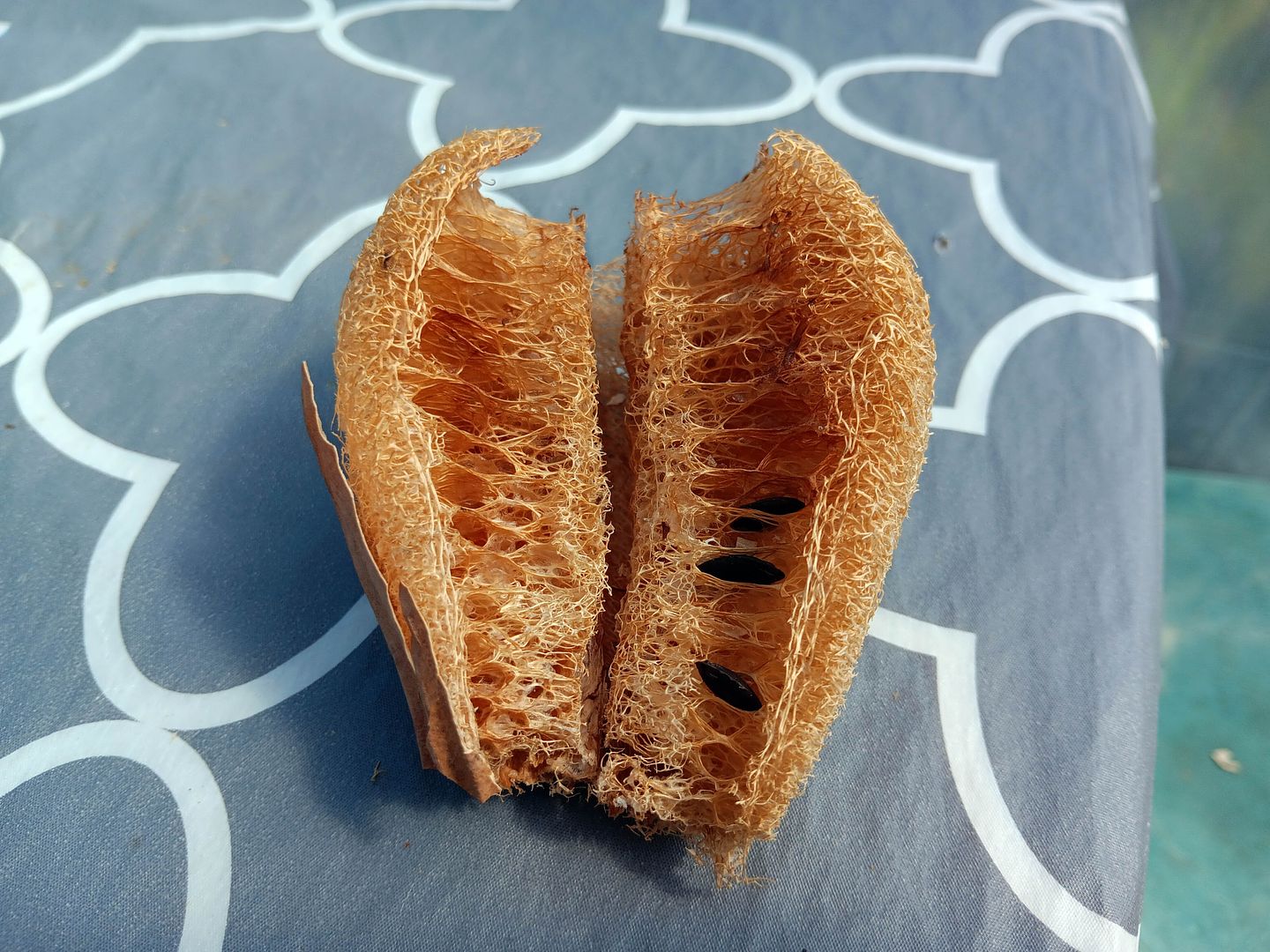

The "fruit" (though it's commonly eaten as a vegetable) grows to a hefty eggplant size while it stays bright green...

...and then once it reaches full size, it begins to overripen, turning yellow and mushy...

...and then browning.

But it's not ready for harvesting until it's completely brown and dried out, dead as a doornail, with no "give" to its flesh.

Soak it in water, slide the brown skin off, shake out the black seeds, and you've got the makings of a loofah.
Every luffa harvest is different—but generally, they have the makings for gentle scrubbers safe enough to exfoliate your face alongside industrial-strength scouring pads better suited for the pots and pans.
The best way to know which one is right for you is just to give them a try.
Amazingly, the luffa fibers don't fall apart with use—and you can machine wash the loofahs just like a washcloth. But if you accidentally throw one in the dryer, it'll become too harsh for the bathtub or shower and will have to be relegated to the kitchen sink or garage.
Isn't nature amazing?
How did people even figure out you could do this with this plant?
Now, of course, my next burning question is, What does it taste like??
But the quest to find that out will have to wait for another time.
In the meantime, I bought one for the dishes and one for my body to try out. We'll see how much caked-on grime it can remove from either one.

No comments:
Post a Comment